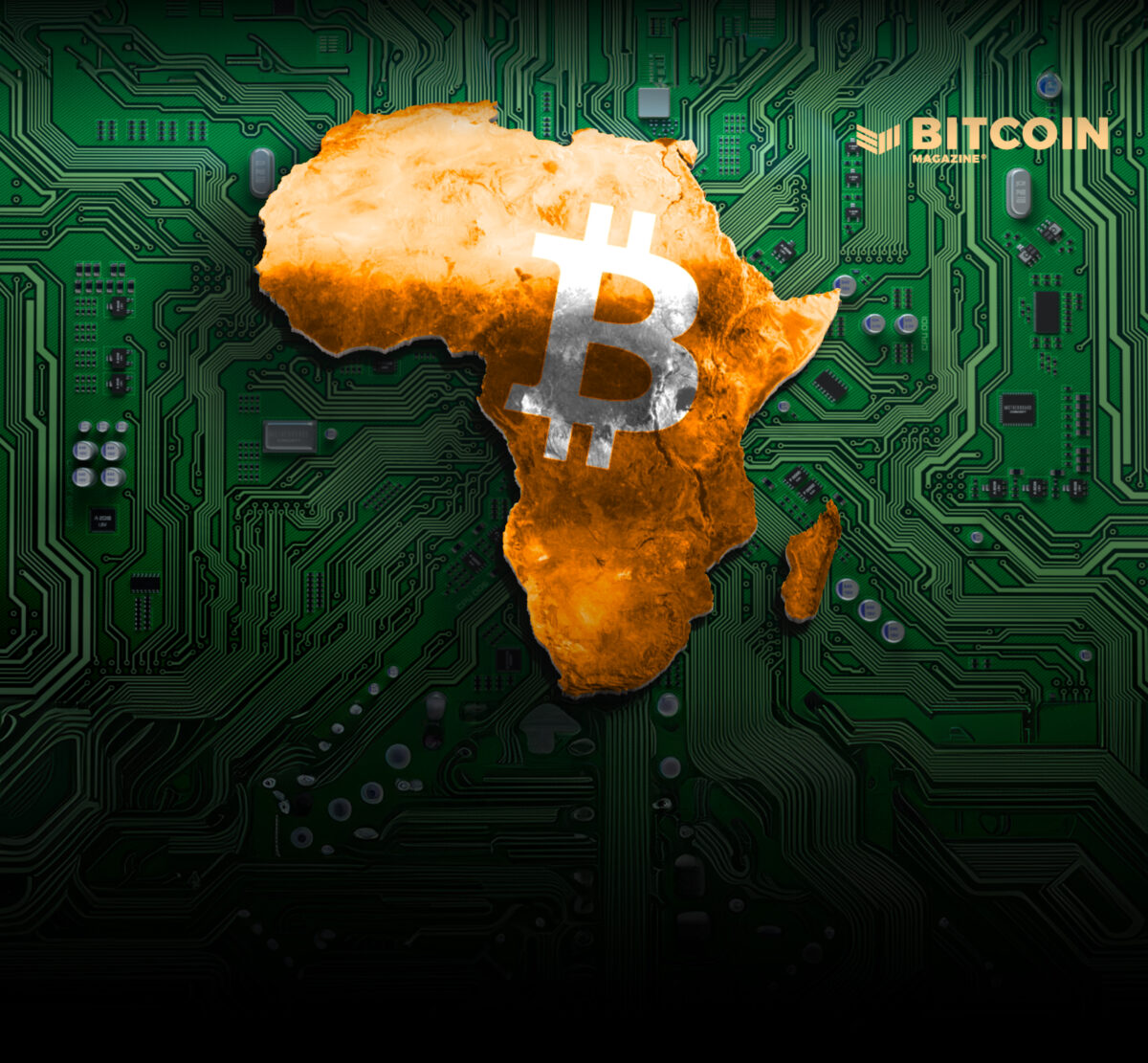Unlocking Bitcoin's Future: The Circular Economy and Its Four Key Players

The journey into building a Bitcoin circular economy began as an unlikely bet in a Brazilian fishing village, Jericoacoara. This radical experiment, named Praia Bitcoin Jericoacoara, was founded not on venture capital or abstract 'crypto' promises, but on fundamental principles: Bitcoin nodes, satoshis, in-person education, and grassroots community engagement. Over four years, the project transformed the beach town into a living Bitcoin classroom, successfully onboarding families, shopkeepers, and street vendors. Key initiatives included teaching self-custody in small groups, establishing reliable Lightning Network routes and point-of-sale tools, implementing social programs paid in satoshis, and hosting regular meetups to integrate Bitcoin into daily life. Inspired by the pioneering efforts of Bitcoin Beach in El Salvador, the Jericoacoara project emphasized education, inclusion, and the development of robust local infrastructure, including server installations, merchant onboarding, and a push for institutional recognition as a Community Bitcoin Bank. Despite these efforts, local authorities rejected their request to register, highlighting the state's legal and political unpreparedness for such innovations. Nevertheless, the conviction remained that Bitcoin, when deeply rooted in a specific place, could evolve beyond mere money to become a powerful tool for community transformation.
This practical experience at the technological edge sparked deeper reflections, leading to the publication of four articles in August 2025 that explored the overarching question: what role should Bitcoin play, and what is our role in shaping it? The first piece detailed the challenges and lessons from the Jericoacoara experiment. The second confronted ideological tensions within the Bitcoin community, specifically addressing the rigidity of Bitcoin maximalism. While acknowledging its historical role in safeguarding the ecosystem and exposing frauds, the author questioned if maximalist rhetoric still serves the goal of large-scale adoption or effectively communicates Bitcoin's value to newcomers. The conclusion posited that other projects, including stablecoins, altcoins, memecoins, and centralized cryptocurrencies, could inadvertently act as funnels, sandboxes, or distribution channels, ultimately driving people towards genuine Bitcoin adoption. This suggested a new posture: maintaining core principles while engaging with a constantly evolving world with skepticism and an open mind, and educating regulators on the distinction between decentralized Bitcoin and other centralized digital assets.
The third article took this vision into the diplomatic sphere, with an open letter to Bhutan’s prime minister proposing the adoption of the satoshi as the country's national unit of account. This symbolic proposal aimed to envision how Bitcoin could support alternative development models, independent of traditional institutions like the IMF or the US dollar, while respecting local culture and sovereignty. The varied reactions revealed distinct ideological lanes within the Bitcoin ecosystem itself—conservatives, centrists, and progressives—each interpreting the protocol through their unique worldviews. The fourth piece distilled an open note to Bitcoin Core developers, advocating for Bitcoin to remain strictly a peer-to-peer cash system, rather than a generic data host. The argument emphasized that loosening default data-carrying settings risked bloat, legal liabilities, and reputational damage, urging developers to prioritize long-term vision over short-term release cycles. Drawing an analogy to a banknote that can be scribbled on but not used to publish a book, the author stressed that transactions should accommodate small notes but not be hijacked for unrelated content. This exchange underscored the fundamental disagreements on Bitcoin's purpose and acceptable trade-offs among its diverse user base.
To further understand these divergent perspectives, the author categorizes Bitcoiners into four main archetypes: Bitcoin Database, Coordination Builders; Bitcoin Central, Market Pragmatists; Bitcoin Conservatives, Monetary Purists; and Bitcoin Minimalists. The **Bitcoin Database, Coordination Builders** believe Bitcoin is a neutral public record capable of coordinating people and software, with money being just one powerful use. They prioritize timestamps, proofs, identity attestations, and new media on Bitcoin, building features on upper layers to keep L1 stable, and are open to Lightning and other rails for instant applications. Their strength lies in attracting builders and new users with fresh ideas, but they risk diluting Bitcoin's monetary focus and introducing trusted middlemen. Prominent examples include Casey Rodarmor (Ordinals), Muneeb Ali (Stacks), and fiatjaf (Nostr), with a tagline: “Bitcoin is a database.”
The **Bitcoin Central, Market Pragmatists** view Bitcoin primarily as money and an asset, believing that price and liquidity drive large-scale adoption and fund security and development. They prioritize ETFs, treasury adoption, compliant on/off-ramps, and deep, healthy markets, along with investor education. Their approach brings liquidity, which funds the ecosystem, but risks over-reliance on convenience custody, short-term thinking, and concentration of distribution. They adopt a pragmatic view of Lightning, using it when it helps reach more people. Michael Saylor and institutional ETFs are frequent examples, with a tagline: “We care about price.”
The **Bitcoin Conservatives, Monetary Purists** hold that Bitcoin is money and fiercely protect its base layer, with scarcity, neutrality, and self-custody being non-negotiable. They advocate for saving first then spending, prioritize simple and stable L1 rules, encourage running one's own node, and educate on keys, UTXOs, and fees, emphasizing miner and client diversity and long-term horizons. Their strength is in cultivating clear incentives and a strong culture aimed at fixing money itself, but they risk lagging in UX and payments, potentially gatekeeping newcomers, and slowing adoption if everyday use is neglected. They are often skeptical of Lightning, preferring on-chain finality and warning against complexity or custodial drift. Saifedean Ammous and Pierre Rochard embody this archetype, with a tagline: “Bitcoin is digital gold.”
Finally, the **Bitcoin Minimalists** believe Bitcoin should serve as both digital gold for saving and digital cash for spending, all with the smallest possible trust surface. They prioritize saving on-chain with final settlement and spending via non-custodial Lightning where feasible, using ecash mints like Cashu for privacy with easy exit to keys, and ensuring merchant flows settle to self-custody. This approach successfully aligns savings and daily use without compromising sovereignty. However, it can lead to friction, slower distribution, reluctance to adopt UX abstractions, and fragmentation across minimal stacks. They support Lightning but with strict conditions, preferring non-custodial or minimally trusted setups. Their tagline is: “Buy, spend, replace.”
In conclusion, Bitcoin's vibrant culture is shaped by these four distinct yet often complementary archetypes. The builders expand its surface area, market pragmatists demonstrate utility, monetary purists safeguard its foundations, and minimalists protect its core principles. This dynamic interplay creates a productive tension, ensuring Bitcoin remains useful and resilient for individuals globally. After years of practical involvement in a circular economy and public discourse, the author’s stance remains clear: Bitcoin is money. The base layer should be kept simple, saving in Bitcoin on-chain, and spending in satoshis when it genuinely serves people in a circular economy. Support for Lightning should be contingent on a clear and simple path to one’s own keys. The author explicitly rejects the “Bitcoin as Database” path, arguing that transforming Bitcoin into a general data host deviates from its monetary mission and introduces unnecessary waste, confusion, and reputational harm. The way forward is both practical and principled, advocating for ideas to be judged by their ability to foster self-custody, ensure reliable non-custodial payments, deepen liquidity for security and education, and respect the fundamental limits of the base layer. Adhering to these standards ensures that these diverse lanes can complement each other, enabling more people to benefit from a truly free, neutral, and credibly decentralized monetary system.
Recommended Articles
You may also like...
Chaos at West Ham: Soucek's Horrific Challenge Seals Thrashing by Tottenham

Tottenham secured a commanding 3-0 victory over West Ham, a match largely defined by Tomas Soucek's red card for a reckl...
Woltemade's Stunner: Record Signing Nets Dream Debut Winner for Newcastle

Newcastle United secured their first Premier League victory of the season thanks to a debut goal from new signing Nick W...
Nicole Kidman Confirms 'Practical Magic 2' Wraps: Fans Rejoice for Magical Sequel Update!

"Practical Magic 2" has officially wrapped filming, as confirmed by star Nicole Kidman, with a release date set for Sept...
Oasis Reignites the Stage: Latin American Reunion Tour Kicks Off with a Roar!

Oasis reunited for their highly anticipated 'Oasis Live ’25' tour, kicking off its Latin American leg with a sold-out sh...
Foo Fighters Unleash New Era: Ilan Rubin Joins on Drums, New Music and Live Debut Announced!

The Foo Fighters are set to perform their first live show with new drummer Ilan Rubin in a surprise all-ages gig in San ...
Royal Quirks Exposed: King Charles' Peculiar Habits and Fashion Demands Revealed

Royal insider Paul Burrell sheds light on King Charles's rigid routines and peculiar habits, including his strict views ...
Pandora's Grandeur: Sigourney Weaver Unveils 'Avatar's' Unbelievable Ambition

Bryan Fuller's directorial debut, 'Dust Bunny,' premiered at TIFF 2025, offering a darkly whimsical fairy tale starring ...
Shoppers Raving Over M&S's £19 Autumn Trousers: The Ultimate 'Staple' for Comfort and Style

Marks & Spencer is capturing autumn shoppers' attention with two highly sought-after items: versatile wide-leg trousers ...
